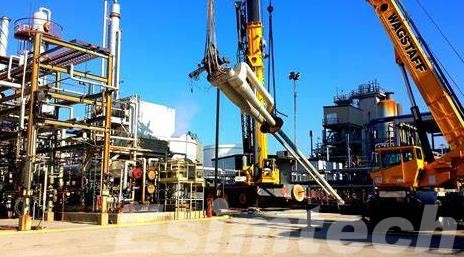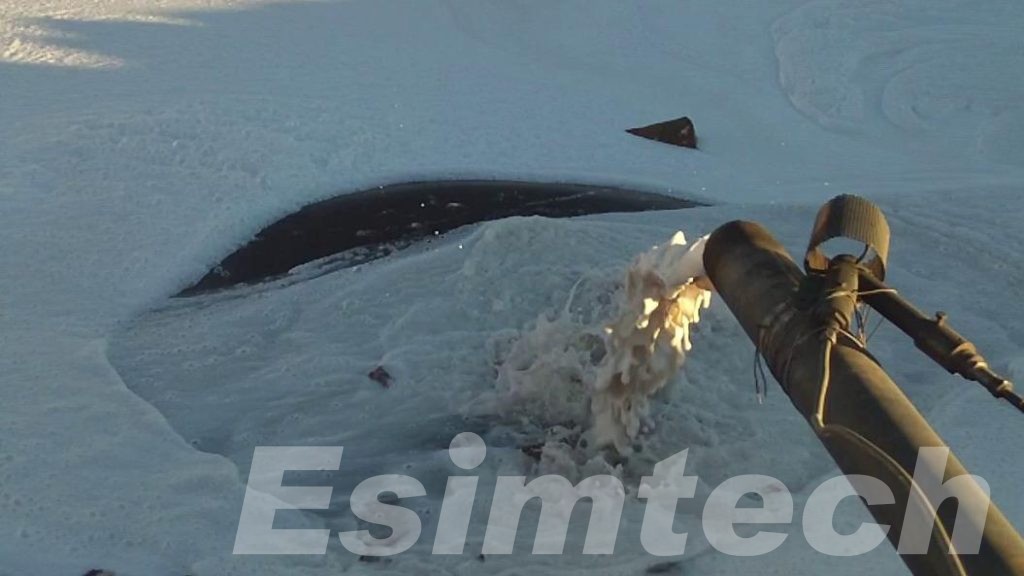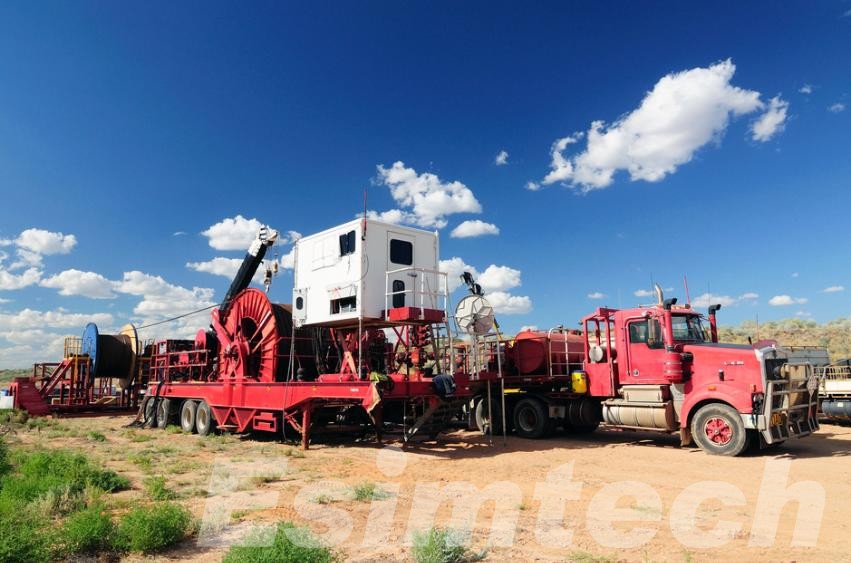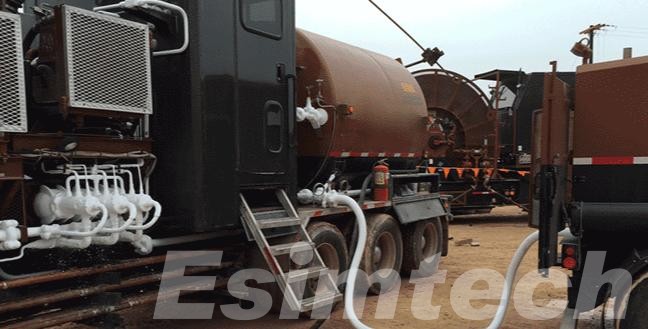What’s the Role of Nitrogen Lift in Hydraulic Fracturing Cleanup
Hydraulic fracturing (fracking) is a widely utilized technique used to extract oil and gas from shale formations, with one of the most efficient post-fracturing cleanup techniques being nitrogen lift, which removes residual fluids while simultaneously improving well productivity. While hydraulic fracturing itself may stimulate production, its cleanup phase must also ensure optimal well performance for optimal well performance.

Why Hydraulic Fracturing Cleanup is Critical?
Hydraulic fracturing, more commonly referred to as “fracking,” is an efficient means for extracting oil and natural gas from deep underground formations. While this technique unlocks energy resources effectively, the process generates massive volumes of flowback fluid containing water, proppants, and chemicals, which must be cleaned up prior to reuse for various reasons.
- First, residual fluids can clog a well, leading to costly downtime and reduced production efficiency.
- Secondly, improper disposal or management of flowback may pose significant environmental hazards by polluting local water supplies or ecosystems.
- Failing to effectively clean up after hazardous material releases may violate industry regulations and environmental laws, potentially placing companies and the community at risk.
Hydraulic fracturing cleanup should ensure wells operate at their maximum potential and minimize environmental harm, protecting their integrity for future productivity and maintaining long-term productivity. Proper hydraulic fracturing cleanup is paramount in both terms of increasing operational performance as well as upholding environmental responsibility.
What is Nitrogen Lift?

Nitrogen lift is a well intervention technique that uses compressed nitrogen gas (N2) to extract liquids from the wellbore after hydraulic fracturing operations, particularly those in low-pressure reservoirs where natural flowback alone cannot sufficiently clear away trapped fluids.
Key Attributes of Nitrogen Lift:
- Non-Reactive and Safe – Nitrogen is an inert, nonflammable gas, which makes it perfect for wellbore operations without risking combustion or chemical reactions.
- Hydrostatic Pressure Is Lowered with Nitrogen – By displacing heavier fluids, nitrogen lightens the fluid column and allows reservoir pressure to push liquids to the surface more quickly and efficiently.
- Minimizing Formation Damage – Nitrogen can minimize formation damage because, unlike water or other gases, it does not interact with the formation itself, thus avoiding clay swelling, emulsion blockages, and corrosion issues.
- Adaptable to Differing Well Conditions – Effective in vertical, horizontal, deviated wells as well as underpressured or liquid-loaded reservoirs.
Nitrogen gas is pumped into wells through tubing or casing-tubing annuli, where it mixes with wellbore fluids. As the expanding and rising gas expands and rises, creating a gas lift effect and speeding up recovery of fracturing fluids, proppant, and debris from fracturing operations.
This method offers a cost-effective, reliable approach for post-frac cleanup, helping operators maximize production while limiting downtime and formation damage.
What’ the Role of Nitrogen Lift in Hydraulic Fracturing Cleanup

Hydraulic fracturing leaves behind an abundance of fluid in the wellbore after hydraulic fracturing, including water, chemicals and proppants. Proper removal of these trapped flowback fluids is key to restoring productivity and long-term performance; nitrogen lift plays a pivotal role here by expediting removal, optimizing well performance and decreasing operational costs.
By injecting nitrogen gas into a well, nitrogen lift reduces fluid density, creating a pressure differential which in turn moves trapped fluids to the surface more quickly and efficiently – speeding up flowback, cleanup processes and speeding recovery times. Nitrogen lift is particularly efficient at lifting low-pressure wells where traditional lifting methods such as mechanical pumps might not work as effectively; additionally its inert nature limits corrosion or chemical reactions which could harm either wellbore or formation structures.
Nitrogen lift not only accelerates cleanup time and decreases downtime for operators, but it’s also safe, cost-effective, and eco-friendly solution for optimizing well performance after hydraulic fracturing.
Mechanism of Nitrogen Lift
The core mechanism of nitrogen lift involves the injection of nitrogen gas into the wellbore, where it mixes with the flowback fluids. The nitrogen’s low density lightens the fluid column, which reduces hydrostatic pressure and makes it easier for the formation’s natural pressure to push fluids to the surface. The lower density of the mixture increases the flow rate and accelerates the removal of flowback fluids, facilitating faster well cleanup and improving overall efficiency.
Process Steps of Nitrogen Lift

- Well Prep: Once hydraulic fracturing has taken place, the well is prepared for nitrogen injection by assessing pressure and fluid composition to select an efficient injection method.
- Nitrogen Injection: Nitrogen gas, typically in liquid form, is vaporized and then injected directly into the wellbore via either coiled tubing or drill pipe, depending on how your well setup looks like it would work best.
- Fluid Lightning and Flowback: When nitrogen mixes with flowback fluids trapped under pressure, its density decreases, permitting formation pressure to push it upward to the surface for separation and recycling.
- Separation and Disposal: Flowback mixture is routed to surface equipment for separation into oil, gas, and water streams; separated fluids are either recycled for reuse or disposed of according to regulations.
- Well Stabilization: Once most of the flowback fluids have been extracted and nitrogen injection has been reduced to stabilize the well’s pressure levels, production can resume as intended. The pressure monitoring may then determine when production can resume.
By employing nitrogen lift, operators can effectively eliminate flowback, restore well productivity more rapidly, and uphold environmental safety, creating an easy transition from hydraulic fracturing to long-term oil and gas production.
Conclusion
Effective cleanup after hydraulic fracturing is essential to maximize well productivity and prevent formation damage. Nitrogen lift provides a safe and efficient solution by reducing hydrostatic pressure, lifting residual fluids, and restoring permeability. Its non-corrosive nature and adaptability to low-pressure wells make it a preferred choice for post-fracturing cleanup.
By integrating nitrogen lift into fracturing operations, operators can enhance flowback efficiency, reduce downtime, and optimize hydrocarbon recovery.
